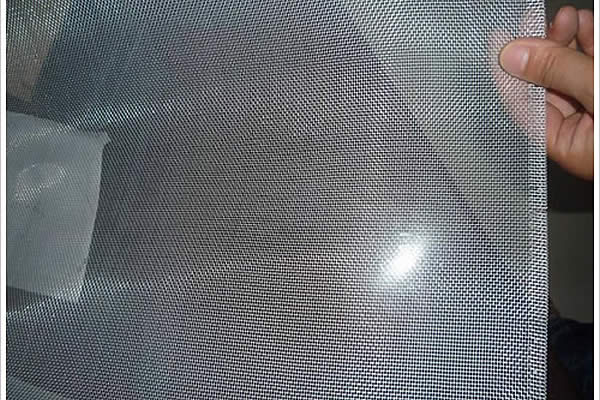 TEL:
+86-13102802206
TEL:
+86-13102802206
 Email:
fencenetting@china.com
Email:
fencenetting@china.com
 Language
Language
 TEL:
+86-13102802206
TEL:
+86-13102802206
 Email:
fencenetting@china.com
Email:
fencenetting@china.com
 Language
Language


Temporary Fencing for Construction Sites An Essential Safety Measure
Construction sites are typically bustling hubs of activity, where workers, machinery, and materials converge to create new structures and sites. Given the dynamic environment of a construction site, safety is of utmost importance. One of the most effective measures for ensuring safety and security is the installation of temporary fencing. Temporary fencing is not only a physical barrier but also serves multiple functions that enhance the operations and safety of construction sites.
Purpose and Benefits of Temporary Fencing
Temporary fencing serves several vital purposes on construction sites. Firstly, it delineates the boundaries of the work area, preventing unauthorized access. This is crucial because construction sites can be hazardous, with heavy machinery, deep trenches, and potentially dangerous materials. By erecting temporary fencing, construction managers can limit access to only authorized personnel, thus significantly reducing the risk of accidents and injuries.
Moreover, temporary fencing acts as a deterrent against theft and vandalism. Construction sites often contain valuable materials and equipment. A well-constructed fence can deter opportunistic thieves from entering the site. Additionally, specified barriers can help protect essential machinery from damage caused by trespassers, ensuring that operations run smoothly and without unexpected costs caused by theft or vandalism.
Types of Temporary Fencing
There are various types of temporary fencing options available, each tailored to meet specific needs. Chain-link fencing is one of the most common choices due to its durability and visibility, making it an effective barrier while allowing visibility into and out of the site. Another popular option is mesh fencing, which provides a secure barrier while allowing air circulation and visibility. In cases where a more aesthetically pleasing option is desired, panel fencing can be utilized. This type of fencing provides a solid barrier and can be designed in various ways to enhance site appearance and branding.

Installation and Compliance
Installing temporary fencing requires careful planning and execution. It is vital to assess the site layout, the surrounding environment, and local regulations. Compliance with local laws and guidelines is essential to avoid legal issues and ensure that the fencing meets safety standards. Furthermore, regular inspections of the fencing are crucial to maintain its integrity throughout the construction process. Any damage or wear should be promptly addressed to ensure that the fencing continues to provide adequate security and safety.
Environmental Considerations
In recent years, there has been a growing emphasis on sustainable construction practices. Temporary fencing can contribute to this initiative by being made from recyclable materials and designed for reuse across multiple projects. By selecting eco-friendly fencing options, construction companies can minimize their environmental impact while maintaining the necessary safety standards.
Conclusion
In conclusion, temporary fencing is a crucial component of construction site safety and security. It provides a clear boundary that protects workers and the general public while deterring theft and vandalism. With various types of fencing available and the potential for sustainable practices, construction companies can choose solutions that meet their specific needs and comply with regulations. Ultimately, investing in temporary fencing not only enhances safety but also contributes to the overall efficiency and success of construction projects.